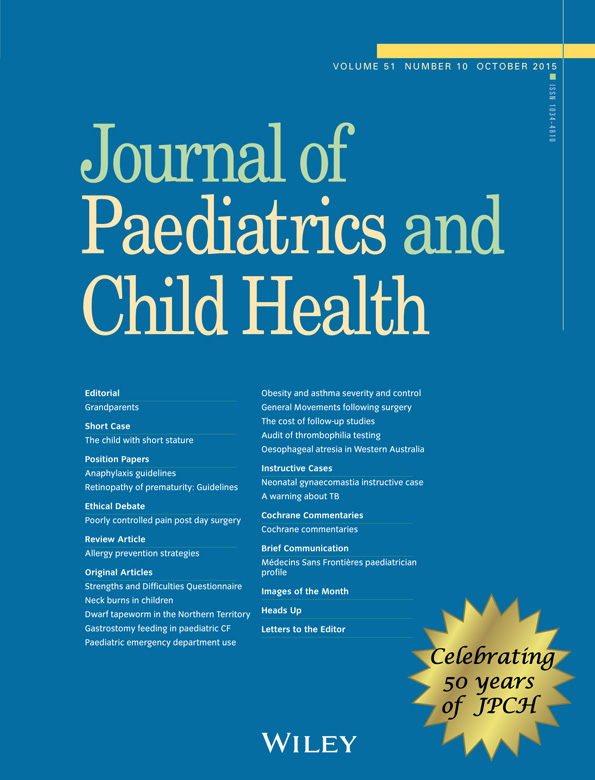Early screening of autism: Is age a confounding factor when screening for autism?
We welcome the interest of Thomaides and colleagues regarding the importance of identifying autism in toddlers.1 Decades of research and improved clinical acumen have enabled us to identify autism reliably in the early stages, and new tools help us achieve this more efficiently. While autism is a developmental condition that evolves over time, age is not necessarily a constraint, but one of many variables that influence its presentation. While clinical signs are rare in those under 12 months,2 the majority of children with autism have symptoms during their second year of life.3
In response to your questions about the age at diagnosis, the four children in our study who were identified on the Social Attention and Communication Study (SACS)/autism detection in early childhood (ADEC) tools as ‘high risk for autism’, but did not receive a clinical diagnosis (as they did not meet Diagnostic and Statistical Manual of Mental Disorders IV criteria), were aged 17, 19, 25 and 29 months, compared with mean age 25 months, standard deviation (SD) 3.8. Two children, both aged 22 months, were diagnosed with autism initially, but later had the diagnosis removed in the multidisciplinary assessment.
We do not envisage any tool to be bullet proof, but rather, different tools seem to work better for different subgroups. I suspect the SACS and ADEC become increasingly helpful after a child's first birthday and may miss the subtleties of autism beyond their third year of life.




